Oil for mosquito control
daylilyfanatic4
13 years ago
Related Stories
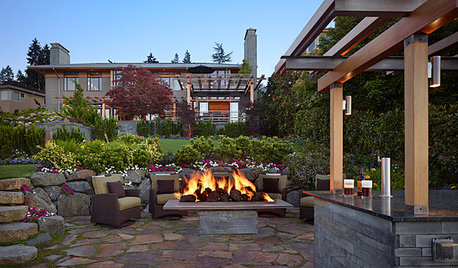
GARDENING AND LANDSCAPING4 Good Ways to Get Rid of Mosquitos in Your Yard
Stay safe from West Nile virus and put an end to irksome itches with these tools and methods for a porch, patio or yard
Full Story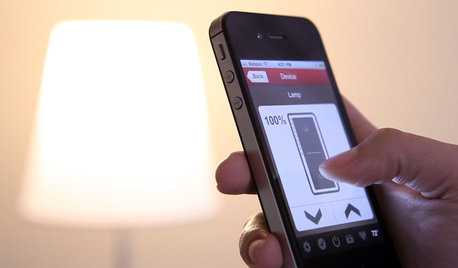
HOME TECHSwitch On the Phone-Controlled Home
Lock your front door from afar, let your thermostat set itself and more when you use your phone as a control device
Full Story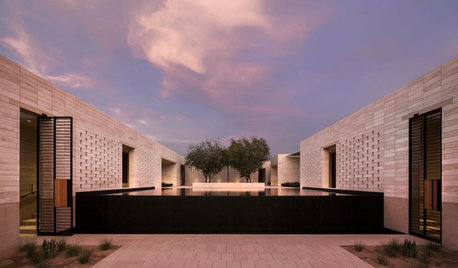
ARCHITECTUREModern Homes That Control the Sun
See architecture that creates shade and manages temperatures — and offers some much-needed visual escapism
Full Story
GARDENING AND LANDSCAPINGBid Bad Garden Bugs Goodbye and Usher In the Good
Give ants their marching orders and send mosquitoes moseying, while creating a garden that draws pollinators and helpful eaters
Full Story
DECORATING GUIDESEvoke a Tropical Fantasy the Inexpensive, Easy Way
Gossamer light and dreamily romantic, mosquito netting adds a dose of tropical allure at a down-home price
Full Story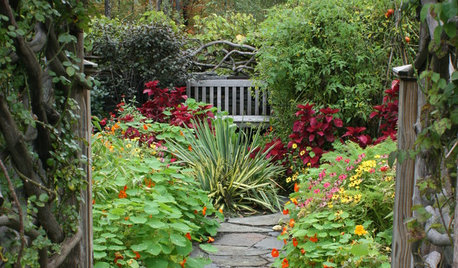
GARDENING AND LANDSCAPING11 Garden Retreats for the Creatively Inclined
Finally finish that novel, opera or oil painting you’ve been working on by drawing inspiration from these peaceful retreats
Full Story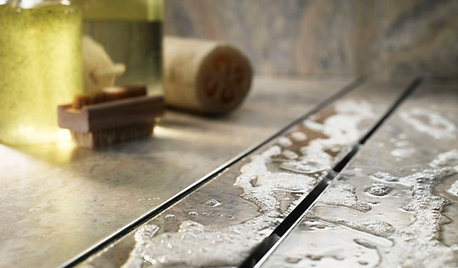
HOUSEKEEPING12 Cleaning Projects That Go a Little Deeper — Naturally
Eucalyptus oil for germy door handles. Baking soda for oven grime. Here are nontoxic solutions for often-overlooked cleaning jobs
Full Story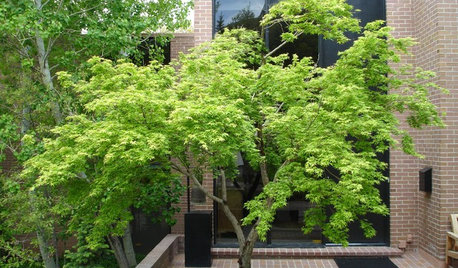
ROCKY MOUNTAINS GARDENINGRocky Mountain Gardener's February Checklist
Get smart with your seeds, strike with oil to manage pests and practice proficient pruning — your trees and shrubs will thank you
Full Story0

CONCRETEWhy Concrete Wants to Crack
We look at the reasons concrete has a tendency to crack — and what you can do to help control it
Full Story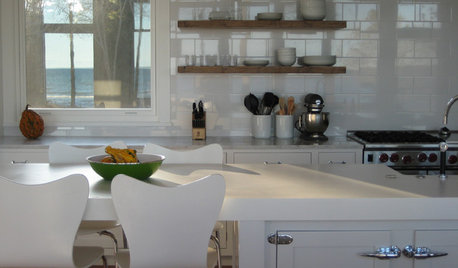
KITCHEN DESIGNKitchen Watch: Trends, Products and Lifestyle Elements
Modern Kitchens Reflect a Desire for Personality, Honest Materials, Healthy Living and Control
Full StoryMore Discussions







lehua49
daylilyfanatic4Original Author
Related Professionals
Comstock Park Landscape Architects & Landscape Designers · Erie Landscape Architects & Landscape Designers · Norwood Landscape Contractors · Broomfield Landscape Contractors · Clearlake Landscape Contractors · Fuquay-Varina Landscape Contractors · Leicester Landscape Contractors · Middletown Landscape Contractors · Streamwood Landscape Contractors · The Villages Landscape Contractors · Watertown Landscape Contractors · West Haverstraw Landscape Contractors · Downey Solar Energy Systems · Greenville Solar Energy Systems · Wildomar Solar Energy Systemstwolips
lehua49
daylilyfanatic4Original Author
lehua49
daylilyfanatic4Original Author
lehua49
daylilyfanatic4Original Author